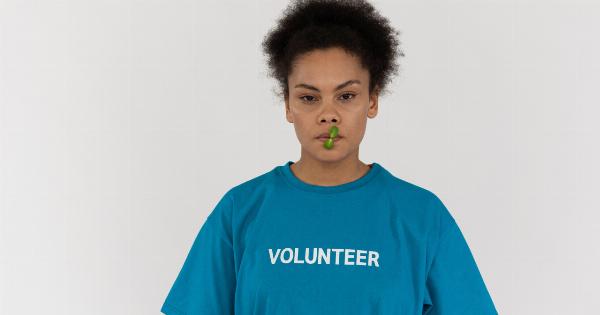Diabetes is a condition that affects millions of people all over the world. It is a chronic disease that can lead to several complications, if not managed properly.
However, not everyone has the same access to quality healthcare or the resources to manage their diabetes. In this article, we will explore the inequities in diabetes treatment among different social classes.
What is Diabetes?
Diabetes is a condition that affects the way your body produces and uses insulin. Insulin is a hormone that helps regulate your blood sugar levels.
In type 1 diabetes, the body does not produce insulin, while in type 2 diabetes, the body does not use insulin properly.
Diabetes can lead to several complications, such as nerve damage, kidney damage, eye problems, and cardiovascular disease. It is a chronic condition that requires lifelong management.
Social Determinants of Health and Diabetes
Social determinants of health refer to the social and economic factors that influence one’s health status. These include factors such as income, education, occupation, social support, and access to healthcare.
Studies have shown that social determinants of health play a significant role in the development and management of diabetes.
For example, individuals who live in low-income neighborhoods and have limited access to healthy foods are at a higher risk of developing type 2 diabetes.
Furthermore, individuals with low levels of education may not have the resources or knowledge to manage their diabetes properly.
They may not understand the importance of monitoring their blood sugar levels or may not be able to afford their medications.
Health Disparities in Diabetes
Health disparities refer to the differences in health outcomes among different populations. In the case of diabetes, there are significant health disparities among different social classes.
Individuals who belong to lower social classes are more likely to develop diabetes and suffer from its complications. They are also less likely to have access to quality healthcare and may not be able to afford their medications or treatments.
For example, African Americans and Hispanic Americans have a higher prevalence of diabetes compared to Caucasians. They are also more likely to develop complications such as blindness, kidney failure, and lower limb amputations.
Access to Healthcare and Diabetes Treatment
Access to healthcare is a major determinant of diabetes treatment outcomes. Individuals who do not have access to healthcare may not be able to afford their medications or receive proper medical care.
Furthermore, individuals who live in rural areas or low-income neighborhoods may not have access to healthcare facilities that specialize in diabetes management.
They may need to travel long distances to see a healthcare provider or may not be able to find a healthcare provider who accepts their insurance.
Access to healthcare is also influenced by one’s insurance coverage. Individuals who have private health insurance or Medicare may have better access to healthcare services compared to those who are uninsured or have Medicaid.
Barriers to Diabetes Management
There are several barriers to diabetes management, particularly for individuals who belong to low-income social classes. These barriers include:.
- Lack of access to healthy foods
- Lack of access to physical activity facilities
- Lack of access to healthcare services
- Limited educational resources on diabetes management
- High medication costs
These barriers can make it challenging for individuals to manage their diabetes and prevent complications. They may not be able to afford healthy foods or medications, or they may not have the resources to exercise regularly.
Strategies to Address Diabetes Inequities
There are several strategies that can be implemented to address diabetes inequities among different social classes. These strategies include:.
- Improving access to healthcare services, particularly in low-income and rural areas.
- Increasing funding for diabetes prevention and management programs
- Providing educational resources on diabetes management for individuals with low levels of education.
- Increasing access to healthy foods and physical activity facilities in low-income neighborhoods.
- Reducing medication costs through government subsidies or generic drug options.
These strategies can help reduce the burden of diabetes among individuals who belong to low-income social classes. They can also improve diabetes outcomes, reduce complications, and enhance overall health.
Conclusion
Diabetes is a chronic condition that requires lifelong management. However, not everyone has the same access to quality healthcare or the resources to manage their diabetes.
Individuals who belong to lower social classes are more likely to develop diabetes and suffer from its complications. They are also less likely to have access to healthcare services or affordable medications.
It’s important to address these inequities to improve diabetes outcomes and reduce the burden of this chronic condition.
Strategies such as improving access to healthcare services, increasing funding for prevention and management programs, and reducing medication costs can help address diabetes inequities and improve overall health.





























